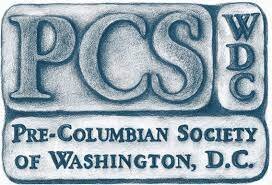Early Classic censers from Escuintla, Guatemala, are among the most remarkable ceramic sculptures from ancient Mesoamerica. While the lack of provenance data for the large majority of examples hinders their archaeological study, they conform a major corpus of information about the culture and religion of Pacific coastal peoples during a critical period, marked by intensive contacts with the great city of Teotihuacan in highland Mexico. This presentation will focus on a group of objects that can be properly called “temple censers,” because they depict temple superstructures and sometimes include elements of the basal platforms. These censers can be understood as models of actual temples, with higher or lower degrees of accuracy, simplification, idealization, or hyperbole. They offer a glance at the architectural conformation, ornamentation, religious symbolism, and even the ritual activities that were carried out in the Early Classic shrines of Escuintla.
Oswaldo Chinchilla Mazariegos is Associate Professor of Anthropology at Yale University. Previously he was a professor at the Universidad de San Carlos de Guatemala and curator of the Museo Popol Vuh. He received his doctorate at Vanderbilt University. His research interests include Mesoamerican religion, art, and writing; the study of ancient urbanism and social complexity, with special focus on the Pacific Coast of Guatemala; and the history of archaeology in Guatemala. In 2011, he was awarded a John Simon Guggenheim Fellowship for his work on Cotzumalhuapa art and archaeology. His books, Art and Myth of the Ancient Maya (2017) and Imágenes de la Mitología Maya (2011) offer innovative views and methodological breakthroughs in the study of ancient Maya religion and art. He is the author of Corpus of Maya Hieroglyphic Inscriptions (2017), Cotzumalguapa, la Ciudad Arqueológica: El Baúl-Bilbao-El Castillo (2012); editor of Arqueología Subacuática: Amatitlán, Atitlán (2011); and coeditor of The Decipherment of Ancient Maya Writing (2001) and The Technology of Maya Civilization: Political Economy and Beyond in Lithic Studies (2011).

